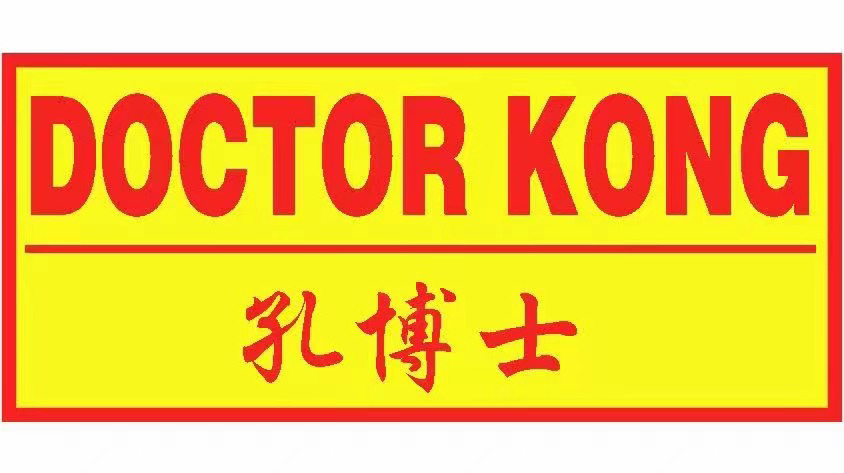BTA internal chip removal deep hole drill
Since the gun drilling drill rod is asymmetrical, it has poor torsional rigidity and can only transmit limited torque. Therefore, gun drilling is only suitable for processing parts with small diameter holes. In order to adapt to the processing requirements of more complex large-diameter deep holes, the internal chip removal deep hole drilling technology emerged. In internal chip removal, because the chips are discharged from the drill pipe and do not scrape or contact the machined surface, the surface processing quality is higher than that of gun drilling, and the processing hole diameter range is also larger.
The drill bit and drill rod in the BTA system are hollow cylinders. The working principle is as shown in the figure. The cutting fluid enters the oil dispenser from the inlet after being pressurized, and then flows through the sealed annular space formed by the drill rod and the hole wall to the cutting part for cooling. Lubricate, and press the chips into the chip outlet on the drill bit, and then discharge them from the outlet through the inner cavity of the drill pipe.
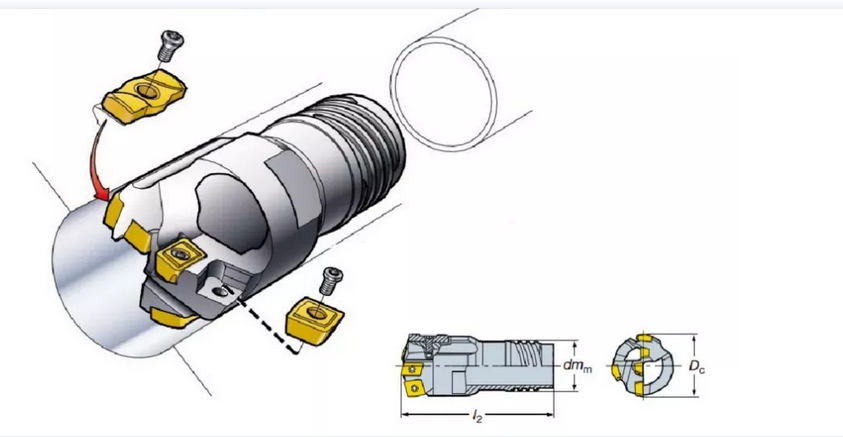
Internal chip removal deep hole drilling is suitable for processing deep holes with a diameter of 20mm or more and an aspect ratio of no more than 100. The processing accuracy is IT7~IT10, the surface roughness of the processed surface is Ra3.2~1.6um, and the production efficiency is external chip removal. More than 3 times.
The main disadvantage of BTA internal chip removal deep hole drilling: special machine tool equipment must be used, and the machine tool must also be equipped with an oil chip separation device to separate and recycle the cutting fluid through gravity sedimentation or electromagnetic separation. In addition, during the cutting process, a high-pressure zone is formed between the workpiece and the oil dispenser, so a reliable seal must be formed between the workpiece and the oil dispenser before drilling.
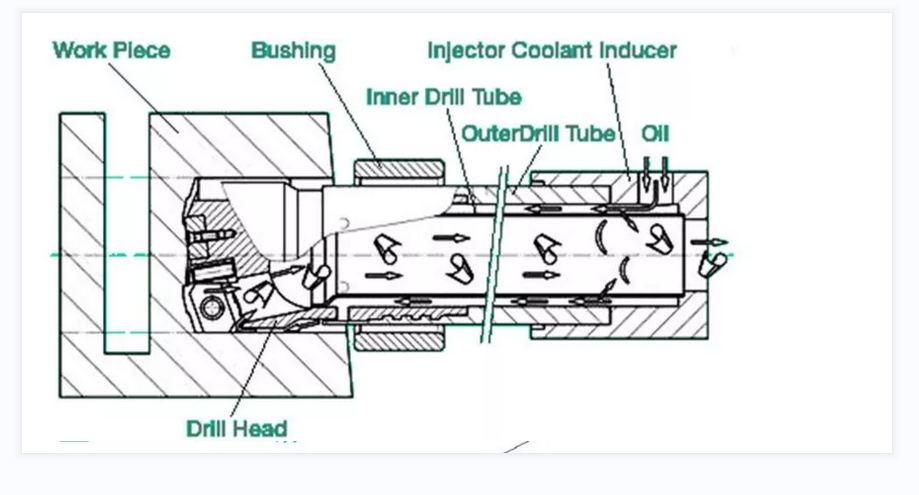
.ejector drill head
The internal chip removal deep hole drilling system has the disadvantage of large loss in the annular oil channel. It requires higher pressure and flow rate during processing. For this reason, a drilling system with high production efficiency and better processing quality has been developed on the market. Technology - ejector drill head
The ejector drill head uses the jet suction effect principle of fluid mechanics to invent a double-tube deep hole drilling method for chip removal. It uses two concentric drill rods to connect the tool to the machine tool through a connector. The jet suction drilling system adopts a double-layer Tube cutter rod, the cutting fluid enters from the inlet after being pressurized, and 2/3 of the cutting fluid enters the annular space between the inner and outer drill rods, flows to the cutting part for cooling and lubrication, and pushes the chips into the inner cavity of the drill rod.
The remaining 1/3 of the cutting fluid is sprayed into the inner drill rod at high speed from the crescent-shaped nozzle on the inner drill rod, forming a low-pressure zone in the inner cavity of the inner drill rod, which produces a suction effect on the cutting fluid carrying chips. It has dual functions of spraying and suction. down, prompting the chips to be quickly discharged from the outlet.
The oil supply of the ejector drill head is through the rotating connector. The guide seat is mainly for support and does not need to be close to the workpiece. This is of great benefit to five-axis machining. Because we usually encounter non-planar surfaces in five-axis machining, the guide seat cannot be close to the workpiece. In addition, the jet suction drill will produce a vacuum effect during processing, which can achieve chip removal and is more flexible in use.
Ejector drill head is mainly suitable for processing holes with an aspect ratio not exceeding 100 and a diameter ranging from 18 to 65 mm. The precision is IT9 to IT11 and the surface roughness is Ra3.2-0.8um.
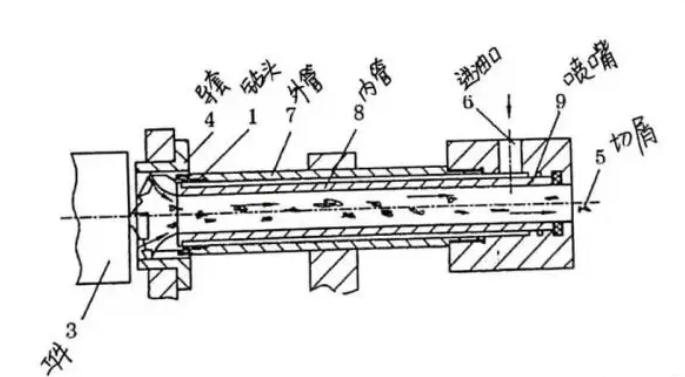
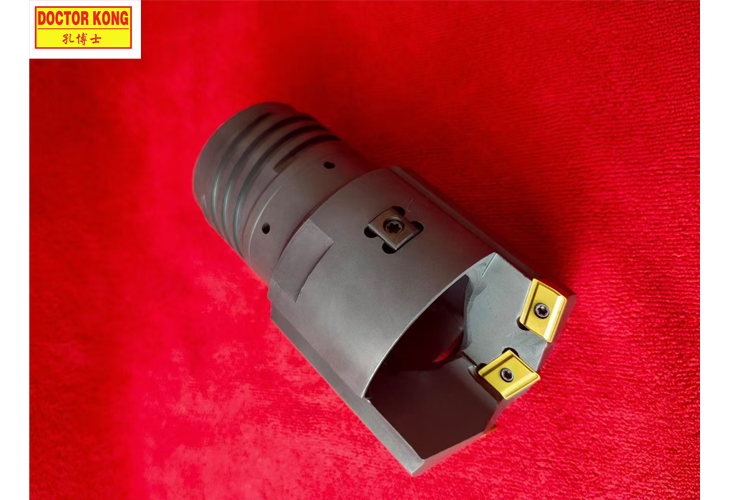
Post time: Sep-07-2024
